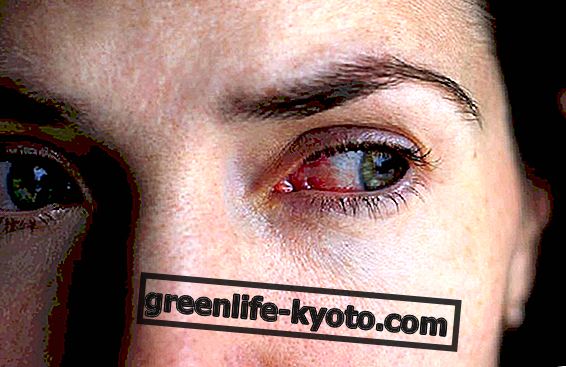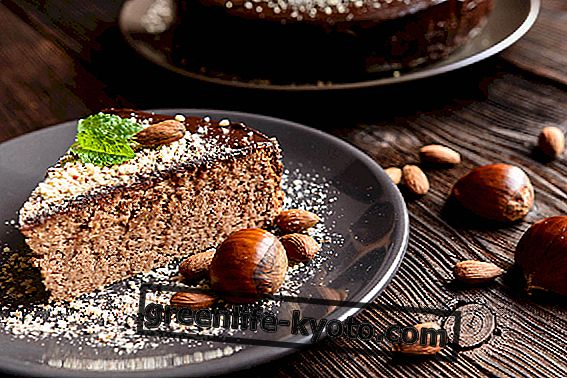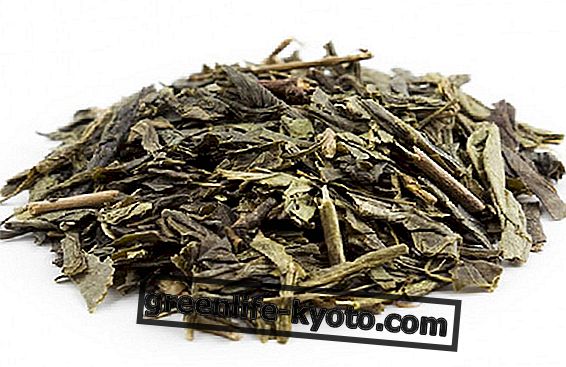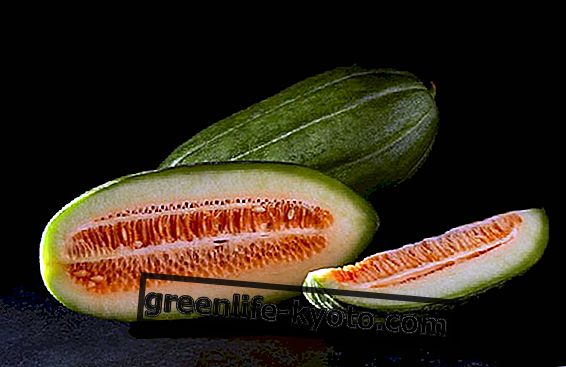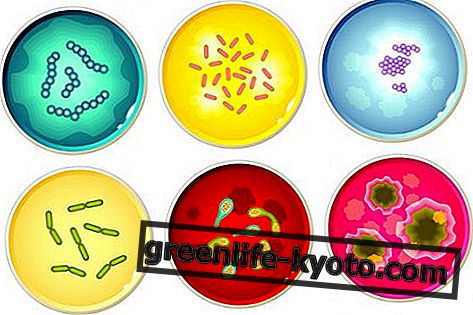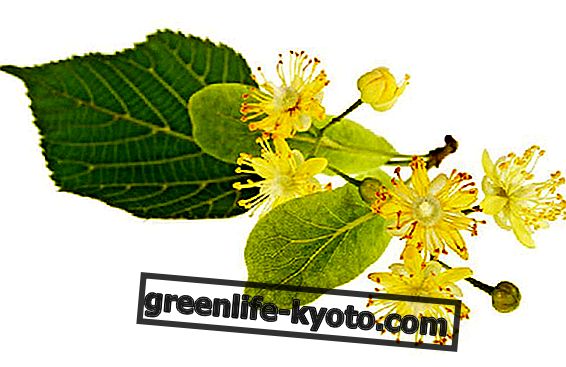
For several years they have begun to appear more and more in recipes, supplements, on the shelves of organic and herbalist markets.
What are algae actually?
Sea vegetables with extraordinary properties very different from fruits and vegetables, terrestrial vegetables, in the East algae have been part of everyone's daily diet for centuries, in the West they have been considered for a few years. They are considered to be one of the most complete foods and have extraordinary and healthy properties!
Algae are rich in vitamins, minerals, antioxidants, have energetic, depurative and many other properties.
In Italy they are mainly consumed via capsules, purchased in herbal medicine, but it would be really advisable to introduce them daily in your daily diet, I personally use them in many preparations, even simply added to salad or raw vegetables.
All the algae are bought dried, they need a few minutes of soaking before being consumed, very few need cooking. I daily eat Spirulina Klamath and Wakame alternating with Arame depending on the preparation of my dishes.
I always use a small piece of seaweed in the preparation (soaking and cooking) of my legumes, the remarkable content of alginic acid makes it possible to counteract any meteorism and fermentation dictated by the sulphurous bonds of legumes.
Besides having a culinary use, they also have purifying properties, especially towards heavy metals such as Chlorella algae .
Here are some of the most used and popular ones:
- Arame (Eisenia bicyclis): very useful for athletes due to its high potassium content, it is a delicate-tasting seaweed.
- Dulse (Palmira palmata): red alga that determines its richness in iron, preferred for the preparation of legumes and soups for its characteristic slightly spicy taste.
- Hiziki (Sargassum fusiforme): very rich in calcium.
- Kanten (Agar agar, Gracilaria verrucosa): it has a gelling power of the substances it contains. Useful to replace the terrible jellies or industrial gelling agents based on animal waste.
- Kelp (Macrocystis pyrifera): it has a dark brown color and a salty smell when dried, used for its draining and favorable effects on the metabolism due to the high content of iodine, phytosterols, polyphenols and vitamins A, B, C, D and And it also has remineralizing and anti-inflammatory properties.
- Klamath (Aphanizomenon flos aquae): very high quantity of omega6 and omega3 essential fatty acids, proteins and is considered a particularly energetic food.
- Kombu (Laminaria japonica): rich in iodine and anticoagulant substances
- Nori (Porphyra species): it is the richest alga in proteins, whose content is equal to 50% of the weight of the dry product. It also contains vegetable fibers, omega 3, vitamin C. It is the alga used in the preparation of sushi.
- Spirulina (Arthrospira platensis): blue microalgae, excellent purifying and detoxifying, being freshwater algae it has a very low amount of iodine, imperceptible, rich in Vitamins B, A and D.
- Wakame (Undaria pinnatifida): rich in vegetable calcium and magnesium, useful in the prevention of osteoporosis, as well as for its diuretic properties. One of its active ingredients is fucoxanthin, it has been subjected to scientific studies to verify its role in counteracting insulin resistance.
